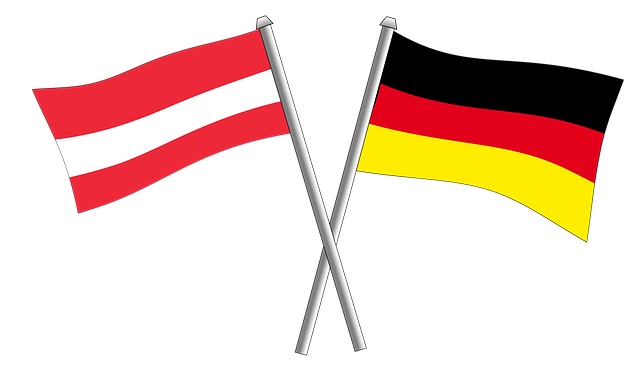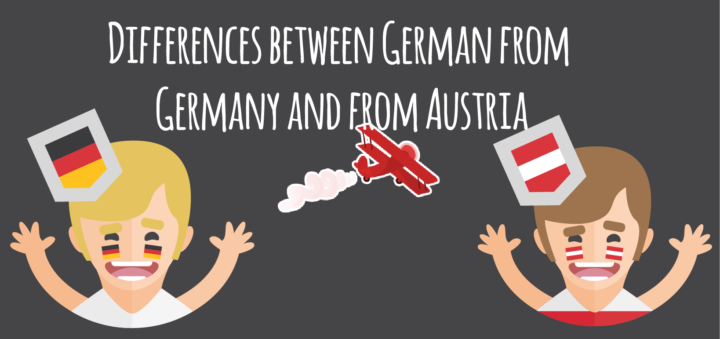Cultural Differences Between Germany and Austria
Austria and Germany share many cultural similarities as neighbors with a long shared history. However, there are also some notable differences that emerge when comparing life in different regions of each country. This article will explore some of the key cultural variations travelers may notice when visiting various parts of Austria compared to various areas of Germany.
Austrian vs. German dialects
One of the most obvious differences is in the local dialects spoken. Austrians speak with a distinctive dialect that incorporates elements of Bavarian German but also has its own regional variations. Those from Vienna, Salzburg, or Innsbruck would sound noticeably different to Germans, with subtle differences in vocabulary and pronunciation. For example, Austrians tend to drop consonants at the end of words more often than northern Germans. The further south you travel in Germany or Austria, the stronger the influences of Bavarian dialect become.

Variations in architecture and landscape
While southern Germany shares characteristics with Austria like Baroque and Rococo architectural styles, northern Germany has a very different landscape and building types. Cities like Hamburg and Berlin exhibit Northern European influences with many buildings constructed from brick. Meanwhile, Austria’s towns and villages maintain a quaint, medieval alpine atmosphere. Mountain landscapes dominate compared to the flat plains of Northern Germany. Traditional Austrian architecture also showcases more decorative wrought iron balconies and ornate filigree details than seen further north.
Distinctive culinary specialties
Food is a major part of any culture, and Austrian cuisine has developed unique dishes not commonly found across the border. For example, Wiener schnitzel , thinly battered and fried cutlets of veal, are an Austrian specialty rather than a standard German meal. Sweet pastries like Sachertorte , a rich chocolate cake with apricot filling, also exemplify Viennese baking. Germans might consume potatoes as a side more often while Austrians prefer bread dumplings, called Knödel. Southerners on both sides of the border also show a stronger affinity for sausages and Weißwurst than those further north.
Varied recreational activities
Due to differences in geography, leisure pursuits vary between the mountainous west and flat northern German plains. Austrians flock to the Alpine ski resorts surrounding cities like Innsbruck and Salzburg in winter. After snow melts, hiking along well-marked trails through valleys and mountains becomes a top summer pastime. Germans in Bavaria partake in some alpine activities too but northerners may enjoy water sports more on the Baltic Sea coasts or low-key cycling through countryside landscapes. Festivals and ** Oktoberfest**-style events also see much enthusiastic participation and elaborate traditional costumes worn in southern regions year-round.
Distinctions in religious influences
Most of Germany was dominated by Protestantism following the Reformation, whereas Austria remained staunchly Catholic. Therefore, architecture like ornate churches and elaborate religious artwork have endured as more prominent features of the Austrian landscape and culture. Town festivals often revolve around saints’ days and religious holidays. Additionally, many Austrian institutions were influenced by the Catholic Habsburg dynasty who ruled the Holy Roman Empire for centuries from Vienna. Monarchism still permeates Austrian society more noticeably in contrast to Germany’s firm rejection of such royal influences post-WWII.
Varied political histories
While both regions suffered greatly under Nazi rule, Germany underwent division into communist East and capitalist West zones after 1945 war resolution. Austria managed to retain its pre-war national borders and independence despite brief post-war occupation. Consequently, Austrians avoided developing the same stark contrasts in culture, infrastructure, and economic systems between regions as seen within Germany. Austrians also escaped being on the front lines of Cold War tensions. Modern Austria remains proudly neutral while a unified Germany is a powerful NATO member with global economic influence. These varied historical experiences left an imprint on contemporary societies on both sides of the border.
In conclusion, while regional dialects, architectural styles, cuisine, recreational activities, religious traditions, and political histories share similarities across Germany and Austria, perceptible cultural differences emerge at local levels too. Travelers who venture off major thoroughfares will witness the most vivid cultural variations between parts of each country firsthand. Appreciating such nuances offers valuable perspectives on European identity.
